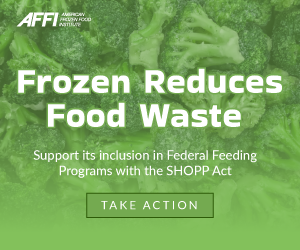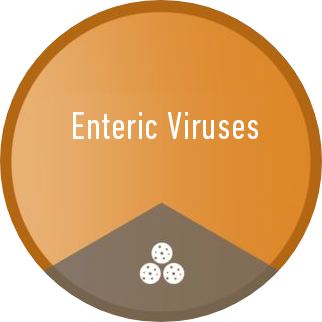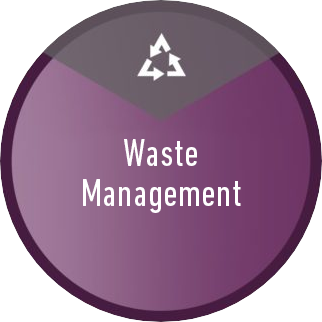Harvest
Harvest
Post-harvest: Resource materials include management of personnel, proper clean-up and disinfection methods, and food handling education and training materials.
Harvest Recommendations
Recommendations
To download these free resources, please login as an AFFI member or create a non-member profile first.
INSPECTION OF HARVEST WATER SOURCE AND DISTRIBUTION SYSTEM
Harvest
Inspect the water source and water distribution system for any possible contamination including animal and pest activities, trash, debris, accumulation of rotten fruits.
Use of Wash Water in the Facility
Harvest
Wash water used for cleaning and rinsing equipment, utensils or tools should meet potable water standards.
Water Testing During Harvest Operations
Harvest
Test water for bacterial indicators (such as E.coli, fecal coliforms or total coliforms). Frequency of water test varies depending on the water source, history of water quality, intended use of water and if water is in contact with fruits. When test results indicate fecal contamination, test the water for hepatitis A virus (HAV) and norovirus (NoV). If virus is detected, stop activities involving water (such as equipment sanitation and harvesting), repeat the water test to look for source of contamination and confirmed the presence of virus. Consider changing water source and notify local health authorities.
Water used during Harvest Operations
Harvest
Any ice or water used in relation to harvest or cooling should meet microbial standards for drinking water and should be handled under hygienic conditions to prevent contamination.










